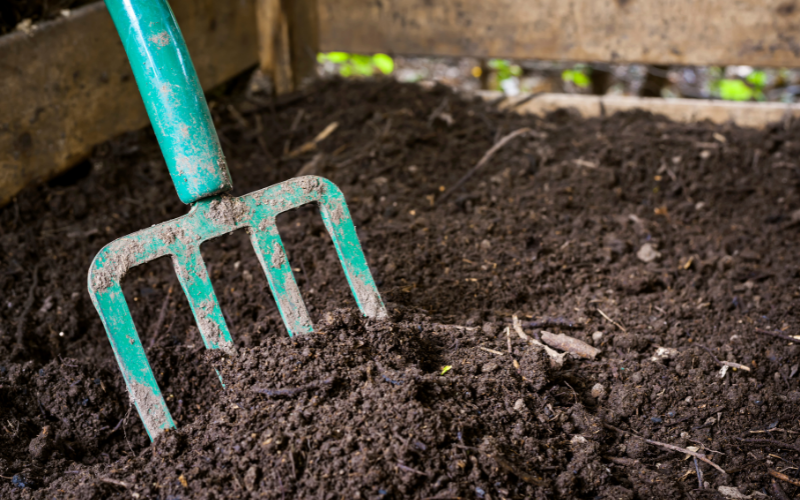If you are into a renewable lifestyle and have your own garden or allotment, composting is a fantastic way of really giving life to all of your plants. While also giving use to all of the daily waste and scraps.
So, how does it work, and what are the common mistakes?
1. Be careful with the meat!
When you compost, you create a rich bio-matter that supplies nutrients to all of your plants. Mix it with soil, in about 1 / 3, or 1 / 2, Compost / Soil ratio, and you are good to go. Keep in mind, there are a couple of things you do not want in your first compost mix. First of those things being meat of any kind. While potentially nutritious to plant life, it is also a pest magnet. Is it flies, rats, or local foxes. Meat will that you will wake up with your compost scattered all over the place, or covered in maggots.
There are many more things to keep in mind when creating and using your own compost, and we will try to cover the most important basics.
2. How to layer compost properly
When creating your long-term compost pile make sure to start with a dry layer of brown material. What is brown material? Simple, anything, well, woody. Such as: Dry leaves, Wood chips Straw, Sawdust, Corn stalks or even old Newspaper.
This will form a nice base layer that will keep your compost nicely contained. Once the base layer is established, follow up with the actual scraps and waste. This one is simple, eggshells, used tea bags, vegetable peelings, or grass cuttings. Avoid the earlier mentioned meat, dairy, or cat & dog waste. Cat and dog waste can specifically carry parasites or bacteria harmful to humans, not to mention the potential of roundworms.
For the last layer, follow up again with the brown material, and such things as grass cuttings.
3. Size matters
As a general rule, you want to ensure that all the individual bits are as small as possible. This will allow air circulation through the pile and speed up the composting process. A full apple will take much longer to process than one that has been cut, or put through a blender.
4. Can you really not use meat?
Well, it really depends. Meat can be a source of a great amount of nutrition for your plants. For the earlier mentioned reason, we recommend you avoid using it, especially if its your first pile, or you lack the necessary equipment. With that in mind, as long as you have a suitable compost bin, that will keep the pests away, and pre-cut the meat into small chunks, it will be a great addition to your compost.
Smaller chunks of meat will degrade much faster, therefore are less likely to attract flies, or develop harmful bacteria.
5. Pay attention to the proportions
Once the compost is done, do not use more than 25-50%. Overuse might lead to overstimulated plants. Not to mention, that without enough soil they won't be able to root properly, leading to a wasted effort.

